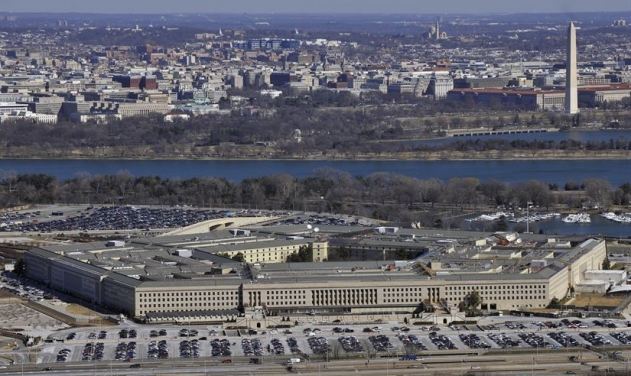US Completes Interceptor Missile Defense Tests For The First Time

The United States Department of Defense (DoD) intercepted an unarmed missile soaring over the Pacific, using a salvo of two interceptor missiles launched from underground Californian silos for the first time, on Monday.
Both interceptors hit their targets— a re-entry vehicle that had been launched 4,000 miles away atop an intercontinental-range missile, the Pentagon said.
The first interceptor hit and destroyed the re-entry vehicle, which in an actual attack would contain a warhead. The second interceptor hit a secondary object, as expected, according to a statement by the Pentagon’s Missile Defense Agency.
This was the first time a missile defense system had attempted an intercept in which more than one interceptor missile is launched at a single target missile. The concept of the test was to improve the chances of hitting an incoming missile, which in actual combat could contain decoys and other measures designed to make it difficult for an interceptor to find and hit the target.
Monday’s action was the first missile defense test since a successful one in May 2017. The system also scored an interception in June 2014 after two that failed in 2010.
On Sunday, Bloomberg reported that two interceptors would be tipped with the latest Raytheon Co. warheads. The $36 billion system of Boeing Co.-managed radar, command links and 44 ground-based interceptors in California and Alaska is designed to defeat a missile attack.
The Pentagon is requesting $9.4 billion in fiscal 2020 for the agency’s programs, including $1.4 billion for the ground-based segment -- an increase from the $9.36 billion previously planned, the report stated.









